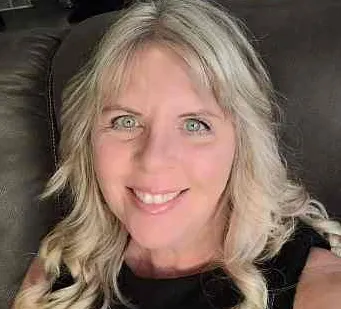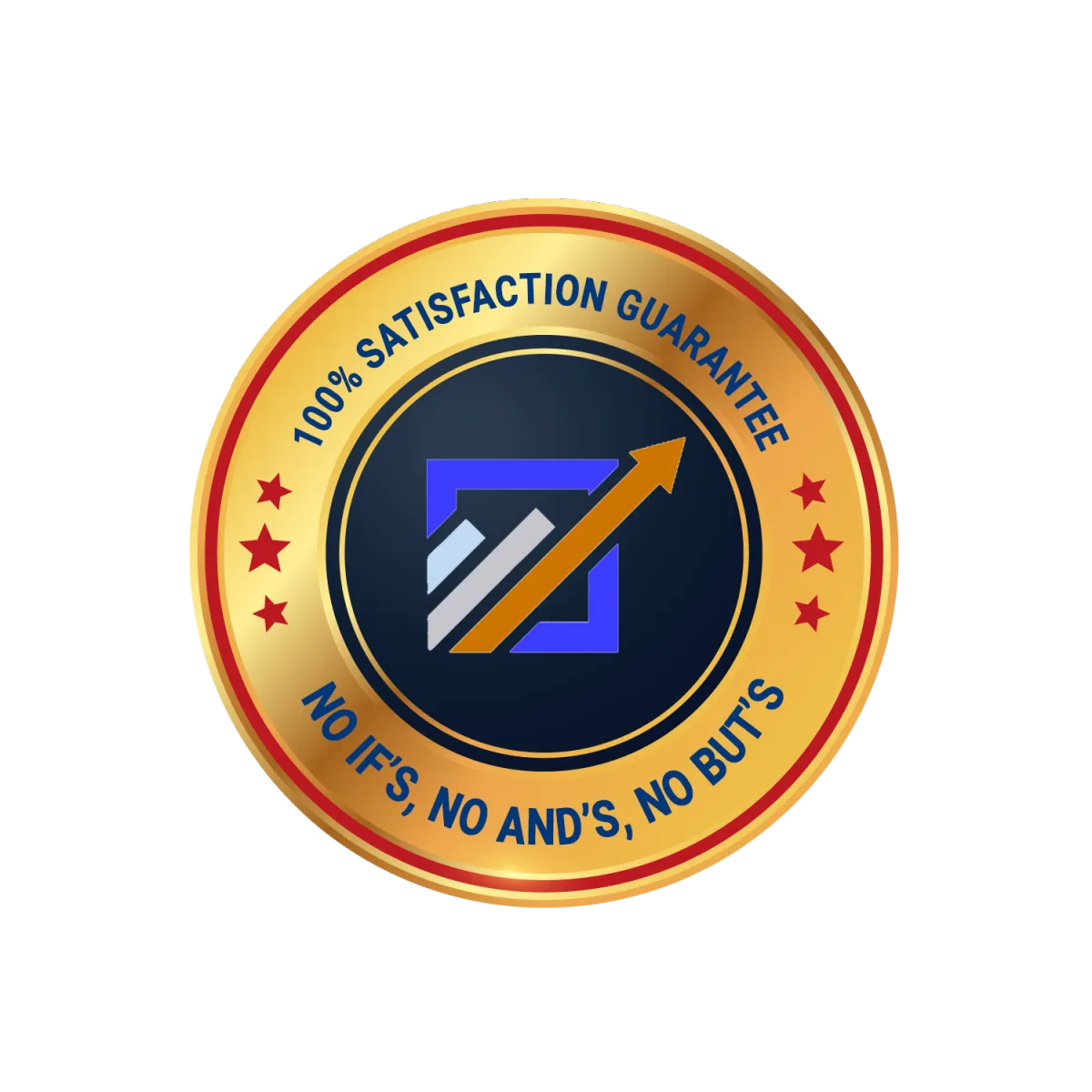Small Business Owners
Stop Chasing Your Dreams
Start Living Them!
Every business owner and professional starts with a dream. Too often, that dream fades as you become consumed by work. Want to drive your revenue, control your time, lead your team, and take back control of your business and life? You CAN be on your way to earning more, living better, and seeing those dreams happen for YOU! Make a choice now!
What others are saying

"Loved everything so far"
"I started working with Wayne just a few months ago, and the results have far exceeded my expectations. [...] I am now on track to have my best year ever and our next steps are to put in place the systems and processes to take my business to the next level."
- Paul Tinetti, Tinetti's Fine Furniture


"Incredible Experience"
"I highly recommend Wayne and Take Action Results if you are seeking motivation, clarity, and knowledge to become a more successful entrepreneur."
- Andrew and Wendy Wharton
Cocktails N Dreams Travel


"Highly recommend this"
"Wayne is amazing! I've only started coaching sessions with him, and already, after 2 calls, he has given me amazing ideas that I have already begun to implement, and I am amazed with the results! His suggestions have helped me increase my business profits by more than 35% in less than a month of working together."
Kat Sloan - KST Business Solutions

Guaranteed Results! With my No Ifs, No Ands, and Definitely No Buts Guarantee, you have nothing to lose and everything to gain.

Business Coaching is an Investment in your Future!
Interview with Greg Belanger from YYC Calgary Business. Watch the video to learn a couple of things you can do now for your business and what working with Wayne would be like.
Here's how my business coaching will help you:
- Here's some stuff

Are we a Fit? Book a 15-Minute Phone Call.
© Action Leadership Inc. 2025
All Rights Reserved
624 Cantor Landing SW, Edmonton, T6W 0V6
